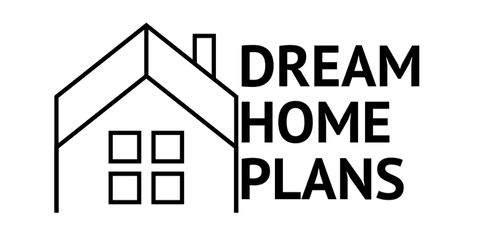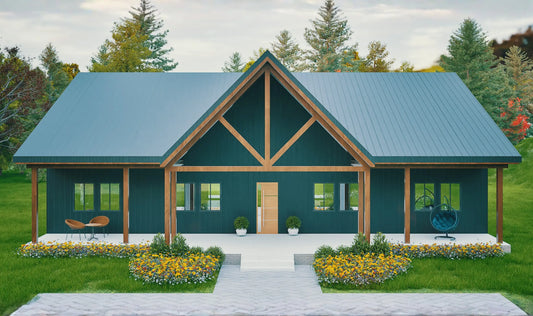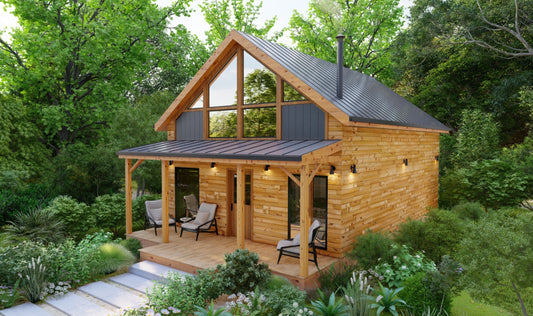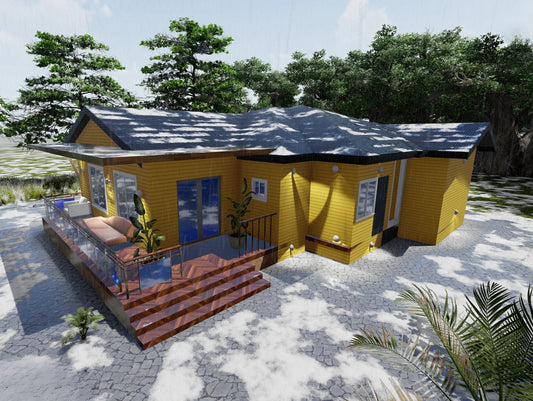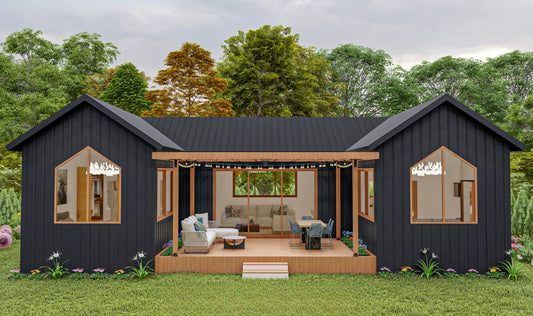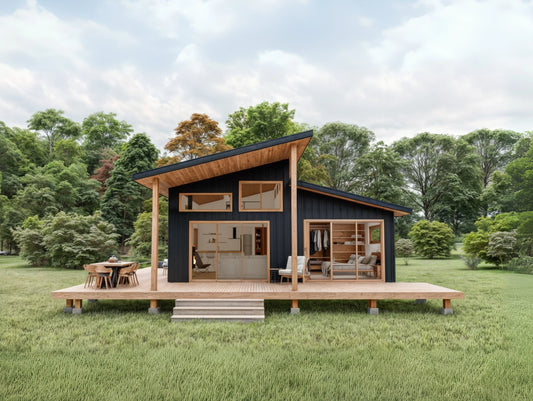Purchasing or building your first residence is an exciting milestone. However, when you look at a floor plan, it seems to be confusing. Those lines, labels, and symbols what do they mean?
At Dream Home Plans, we believe that your home-building journey should be easy and hassle-free. There is a reason why we’ve made this simple guide on how to read a home plan, even if you have never seen one before. When you are done, you will have the confidence to see a floor plan and make educated decisions about your new home.
What Is a Home Plan?
A home plan, or house plan, is a drawing that has detailed information about the layout of a house. That covers everything from the size and shape of the room to how spaces connect and where critical components are located, such as windows, doors and stairs.
Home plans inform builders exactly what they need to build. You will be used to guessing your future places of life.
Why Home Plans Matter
Your plan is your home in design, before the first wall goes up. It depicts the square footage you will have to work with, how rooms will flow, and where sunlight will enter your house.
Being able to recognize problems in advance helps you avoid surprises down the road if you know your plan. It allows you to make changes before construction starts when there is still plenty of room in the budget for adjustments.
Types of Drawings in a Home Plan Set
When you get a home plan set from Dream Home Plans, it includes several pages. Each one shows a different part of your house in detail. Here's what you'll find:
1. Floor Plan
This is the most important drawing. It’s a top-down view—like looking at the house from above with the roof removed. It shows:
● Room sizes and shapes
● Wall locations
● Doors and windows
● Kitchen and bathroom fixtures
● Stairs, if the home has multiple levels
2. Exterior Elevations
These drawings show what your house looks like from the outside—from the front, back, and sides. You’ll see:
● Roof slopes
● Window and door placement
● Exterior materials like siding or brick
3. Foundation Plan
Whether it is a slab, crawl space, or basement. Even the foundation design consists of the footings, the support beams, and the load-bearing walls.
4. Roof Plan
This outlines the shape and pitch (angle) of the roof. It shows how different roof sections connect.
5. Electrical Plan (Sometimes Included)
This diagram identifies the locations of outlets, light switches, and fixtures. Aiding in planning furniture and light placement.
How to Read a Floor Plan Step by Step
So, let's go through the most essential part of your new home, the floor plan.
1. Start with the Scale
Check the scale, typically found in a corner. It might say 1/4” = 1’. In other words, one quarter-inch on the paper equals one foot in reality.
Why you should care: It gives you a sense of room dimensions. What seems like a small room on paper can be very big in person.
2. Find the Entry Point
Find a front door or main entrance. It helps you get oriented. That's where you can view the rest of the rooms' flow.
3. Identify Rooms and Labels
Every room has a name—kitchen, dining, bedroom, etc. Within or adjacent to each space is a dimension (12′ x 14′, for example). This shows length and width as well.
Tip: Imagine your furniture there. Will your bed fit? Is there space for a couch and a dining table?
4. Understand Walls and Doors
● Thick lines usually represent exterior walls.
● Thin lines are interior walls.
● Gaps in the wall show doorways.
● A curved arc usually shows which way a door swings.
● Double lines or sliders show large openings like patio doors.
Tip: Check that the door won’t block other areas or furniture.
5. Spot the Windows
Windows appear as penetrations in the wall, represented by a lighter line. Others offer the window dimensions (for example: 3040 = 3 ft large x 4 ft tall)
The more windows you have, the lighter the space, and the bigger your home seems.
6. Look for Stairs (if applicable)
The floor plan will show stairs if there are two floors in your home. They typically have arrows indicating whether they are up/down.
Pro Tip: Ensure the stairs are located. Adjust stairs, and if they are taking up a lot of space or have to be used frequently.
7. Check Kitchen and Bathroom Layouts
Look for counters, sinks, appliances, and fixtures. Pay attention to:
● Where the fridge and stove are placed.
● Whether there’s enough counter space.
● If bathrooms are near bedrooms for easy access.
● Closet and storage space.
Tip: Imagine your daily routine and walk through it in your mind.
Common Symbols to Know
Here are a few basic symbols you’ll see often:
● Toilet = Oval shape in a small box
● Sink = Rectangles, sometimes labeled “Lav” or “Sink”
● Bathtub = Rounded rectangle
● Stove = Small square with burners
● Windows = Thin breaks in a wall line
● Doors = Lines with a swinging arc
Every plan set from Dream Home Plans comes with a legend or key to help you decode these symbols.
Why Choose Dream Home Plans
● Easy-to-Read Designs
Our floor plans are clear, labeled, and beginner-friendly. You don’t need a background in architecture to understand them.
● Custom Support
Not just selling plans, we help you own yours. If you want to move a wall, add a bedroom, or change a window, we can assist you!
● Trusted by First-Time Buyers
Most of these clients are either first-time homebuyers or building their first home. We hold their hand every step of the way, from assistance with plan selection, all the way until the final build.
Dream Home Plans offers more than plans. You get a partner who is in the trenches with you.
Final Thoughts
Home plans can look quite complicated at first, but the more you study them, the easier they get. Teach the basics: room tags, walls, doors, and dimensioning. Next, consider how your day will be in the space. Do not be hesitant to ask questions. A well-designed home plan is not only its plan but a home that feels comfortable, functional, and brings happiness.
When it comes to your first home-building experience, we are here to help and support you at Dream Home Plans. Let us create something gorgeous, beginning with a plan that you will come to know and adore.
